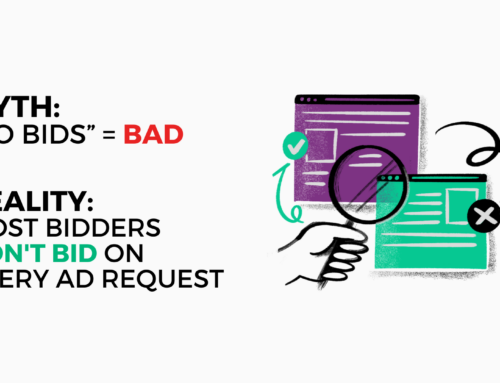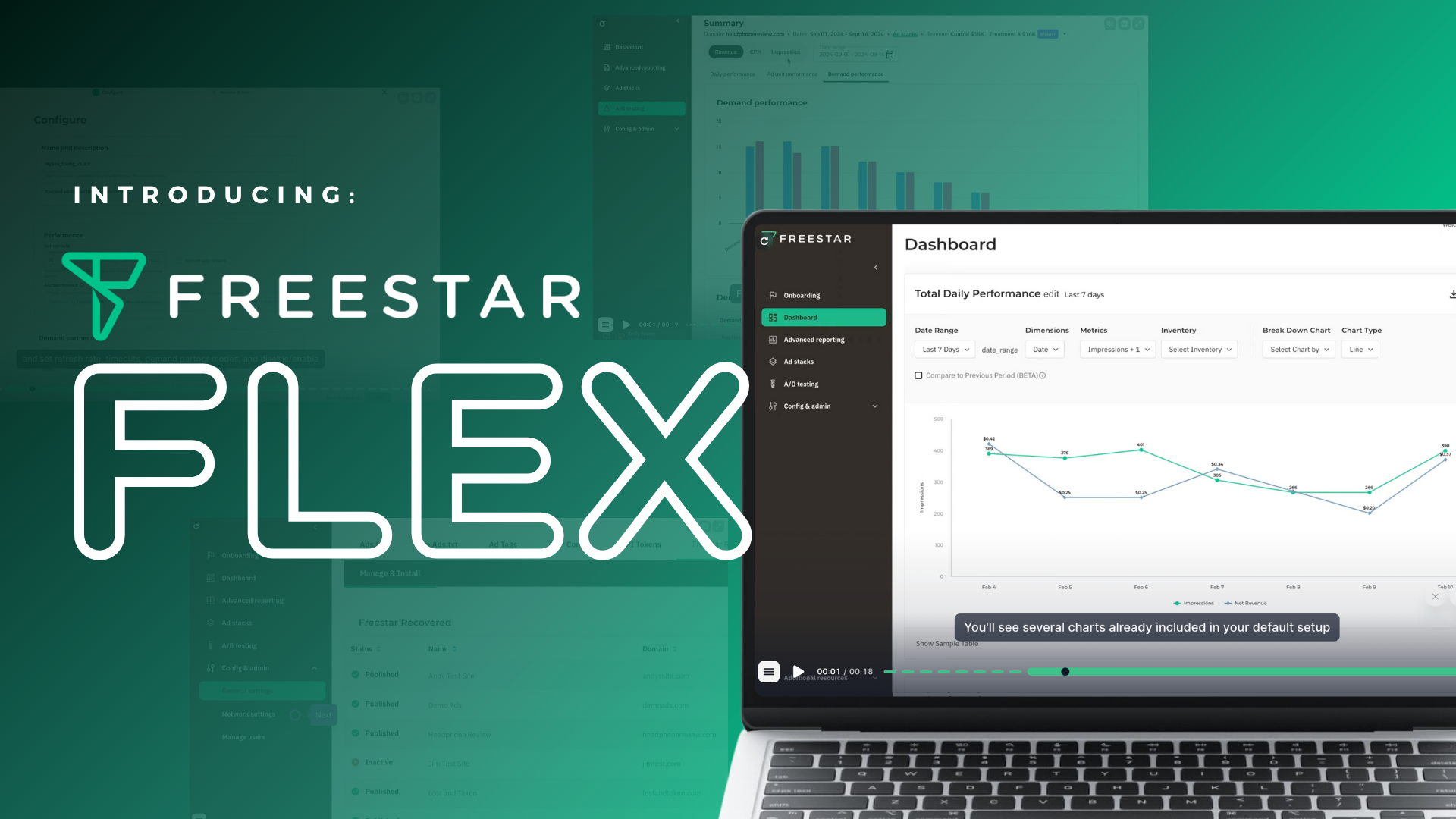Header bidding is appealing, in theory, to most publishers. Still, in reality, due to the complex dynamics of the ecosystem, it often results in server-side operations being executed on the client side, causing delays of 2-5 seconds before an ad request is made to the server. This delay blocks the rendering of web page content and can worsen when multiple header bidders are involved.
Despite the lift in competition, the negative impact on user experience and revenue is often overlooked due to operational complications, poor accountability, and inadequate measurement. This problem arises because publishers must share additional information with the ad server. This requirement goes beyond header bidding and includes essential use cases such as audience targeting and measurement. The AMP team developed a Real-Time Config (RTC) framework to address this issue, which is a generic solution.
What is AMP?
AMP (Accelerated Mobile Pages) is an open-source framework developed by Google designed to help websites load faster on mobile devices. It achieves this by using a simplified HTML and CSS code and a content delivery network (CDN) that caches content and serves it quickly to users.
What is AMP RTC?
AMP Real-Time Config (RTC) is a framework developed by the Accelerated Mobile Pages (AMP) team to provide a solution for communicating additional information between the publisher’s page and the ad server. RTC allows for real-time data exchange between the publisher’s page and the ad server without causing delays or blocking page content rendering. This framework is not limited to header bidding but can also be used for other use cases, such as audience targeting and measurement. RTC operates on the server side, enabling efficient communication and reducing latency and device stress. It is a generic solution that can be used by any ad server or exchange, making it a flexible and scalable option for publishers.
What is the difference between AMP and AMP RTC?
The main difference between AMP and AMP RTC is their primary focus. While AMP is focused on improving the speed and performance of mobile websites, AMP RTC is focused on enabling real-time communication between the publisher’s page and the ad server.
In summary, AMP is focused on improving website performance, while AMP RTC is focused on enabling real-time communication between publishers and ad servers. While both frameworks share some similarities, such as simplified HTML and CSS, AMP RTC requires different technologies and development expertise.
What do publishers need to know about AMP RTC?
AMP RTC (Real-Time Config) is an open-source framework designed to enable real-time config (RTC) between users on the web. Publishers may be interested in AMP RTC because it can provide a faster, more reliable, and more engaging user experience for their website visitors. Here are some key things that publishers need to know about AMP RTC:
- Real-time communication: AMP RTC is designed to enable real-time communication between users on the web. This means that users can interact with each other in real-time, such as in a chat or video call.
- Faster load times: AMP RTC uses a lightweight, streamlined communication protocol that can help speed up load times and improve performance on mobile devices.
- Improved engagement: By enabling real-time communication, AMP RTC can help to increase user engagement on your website. This can lead to longer visit times and more pageviews, ultimately translating into higher revenue for publishers.
- Easy integration: AMP RTC is designed to be easy to integrate into your existing website. You can use pre-built components and templates to start quickly, and the framework is compatible with a wide range of web technologies.
- Security and privacy: AMP RTC includes built-in security and privacy features to protect users’ data and prevent unauthorized access to communications.
Overall, AMP RTC can be a powerful tool for publishers who want to enhance the user experience on their websites and increase engagement with their audience. By enabling real-time communication and improving load times, AMP RTC can keep users on your site longer and drive more revenue for your business.
If you’re running AMP already through Freestar, reach out to your account manager for additional information on how to get AMP RTC set up on your site today! If you don’t work with Freestar yet and want to learn more about this and additional monetization, please email us here.





